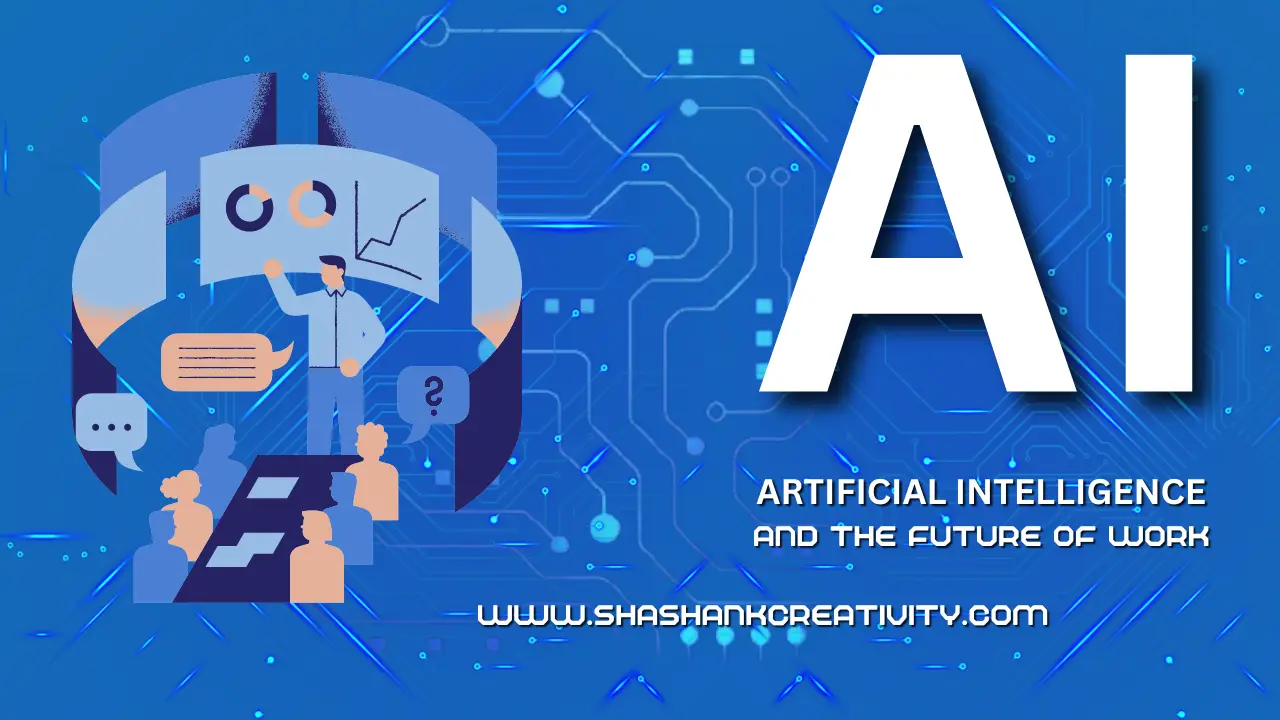Active learning is an approach in machine learning that is focused on reducing the amount of labeled data required to train a model. In traditional machine learning, a large amount of labeled data is necessary to train a model. However, labeling data can be expensive and time-consuming.
Active learning is a subfield of machine learning that focuses on optimizing the learning process by allowing the algorithm to selectively query the most informative data points for labeling. This approach is particularly useful when labeled data is scarce, expensive, or time-consuming to obtain. By strategically choosing which data points to label, active learning aims to achieve high accuracy with fewer labeled instances compared to traditional passive learning.
Key Concepts of Active Learning
Active learning involves several key concepts and methodologies:
- Query Strategy: The method by which the algorithm selects which data points to query for labels. Common strategies include uncertainty sampling, query by committee, and expected model change.
- Uncertainty Sampling: The algorithm queries the data points for which it has the least confidence in its predictions. This can be measured by various metrics such as entropy, margin, or variance.
- Query by Committee: A group of models (the committee) is trained on the current labeled data, and the algorithm queries the points on which the committee members disagree the most.
- Expected Model Change: The algorithm queries the points that would result in the greatest expected change in the model, thus having the most potential to improve the model's performance.
- Pool-Based Sampling: The most common scenario in active learning where the algorithm has access to a large pool of unlabeled data and can query any point from this pool.
- Stream-Based Selective Sampling: Data points arrive sequentially, and the algorithm must decide whether to query each point as it arrives.
- Membership Query Synthesis: The algorithm can generate artificial data points for which it queries labels.
Advantages of Active Learning
Active learning offers several significant advantages:
- Efficiency: By querying the most informative data points, active learning can achieve high accuracy with fewer labeled instances, reducing the cost and time of data labeling.
- Performance Improvement: Active learning can lead to better model performance, especially in cases where labeled data is scarce or imbalanced.
- Adaptability: Active learning can be adapted to different types of data and models, making it a versatile approach in various domains.
Applications of Active Learning
Active learning is applied in numerous domains, including but not limited to:
- Natural Language Processing (NLP): For tasks such as text classification, named entity recognition, and sentiment analysis, where labeling data can be labor-intensive.
- Computer Vision: For image classification, object detection, and segmentation, where labeling images can be costly and time-consuming.
- Medical Diagnosis: In healthcare, where labeled data may be limited due to privacy concerns or the need for expert knowledge.
- Speech Recognition: For improving the accuracy of speech-to-text systems with minimal labeled data.
- Robotics: For training robots to perform tasks in dynamic environments with limited labeled data.
Implementing Active Learning
Implementing active learning involves several steps:
- Initial Model Training: Start with a small labeled dataset to train an initial model.
- Query Strategy Selection: Choose an appropriate query strategy based on the specific problem and data characteristics.
- Data Labeling: Use the chosen query strategy to select and label the most informative data points.
- Model Retraining: Retrain the model with the newly labeled data and repeat the querying process iteratively until the desired performance is achieved.
Challenges in Active Learning
Despite its advantages, active learning faces several challenges:
- Query Strategy Selection: Choosing the most effective query strategy can be difficult and may require experimentation.
- Computational Cost: Some query strategies can be computationally expensive, especially for large datasets.
- Label Noise: Incorrect labels can negatively impact the model's performance, making it crucial to ensure high-quality labeling.
- Scalability: Scaling active learning to very large datasets can be challenging and may require efficient algorithms and infrastructure.
Future Directions
Active learning continues to be a vibrant area of research with several promising directions:
- Deep Active Learning: Combining active learning with deep learning to leverage the power of deep neural networks in scenarios with limited labeled data.
- Interactive Learning Systems: Developing systems that can interact with humans in the loop to improve the efficiency and effectiveness of the learning process.
- Transfer Learning: Using pre-trained models and transferring knowledge to new tasks, which can be combined with active learning to reduce the need for labeled data further.
- Bayesian Active Learning: Incorporating Bayesian methods to model uncertainty more effectively and improve query strategies.
Conclusion
Active learning is a powerful technique in the field of artificial intelligence, enabling efficient and effective model training with limited labeled data. By strategically selecting the most informative data points for labeling, active learning can significantly reduce the cost and time associated with data annotation while improving model performance. As research in this area continues to advance, we can expect to see even more sophisticated and scalable active learning methods that push the boundaries of what is possible in AI.
Teaching learning activities, Activation function in deep learning, Active and passive reinforcement learning, Active learning in machine learning, Active reinforcement learning, Active learning machine learning, Active reinforcement learning in artificial intelligence, Active learning methods, Active learning strategies, Active learning, Activity based learning examples, Machine learning activity, Experiential learning activities, What is active learning, Active learning meaning, Pearson active learn, Active learning examples, Active learn login, Activity based learning images, Activity based learning ppt, Advanced active learning method, Types of activation function in machine learning, Activate linkedin learning, Active learn code, Active learning ai, Active learning childcare, Active learning machine learning python, Active learning methods ppt, Active learning primary uk, Active learning skill, Active learning strategies definition, Active learning technology, Active learning vs reinforcement learning, Active research areas in deep learning for nlp, Activities that manifest assessment as learning
